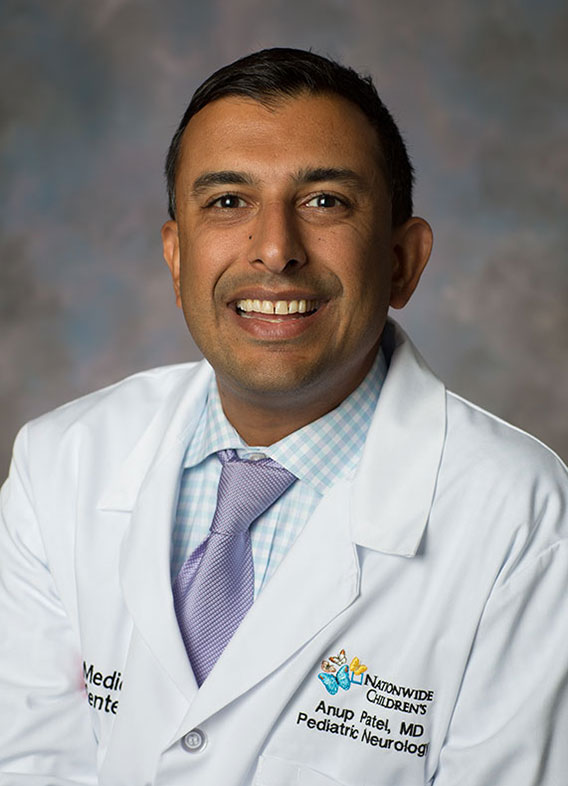

We are conducting a comparative research study funded by the Patient-Centered Outcomes Research Institute (PCORI)
looking at treatments and their effect on children and adolescents with Lennox-Gastaut Syndrome (LGS).

Sandi K. Lam, MD, MBA
Northwestern University
Lurie Children's

Marc Rosenman, MD
Lurie Children's

Dr. Anup Patel, MD
National Children's

Tracy Salazar, PhD
LGS Foundation
Lennox-Gastaut Syndrome (LGS) is a rare type of childhood epilepsy marked by various seizure types, persistent and difficult-to-treat seizures, developmental delays, cognitive impairments, severe disabilities, and a heightened risk of early mortality. The condition often involves prolonged seizures, known as status epilepticus, leading to frequent use of emergency medications and hospitalizations. Additionally, some seizures may result in severe injuries.
Treatment of LGS involves two primary approaches: medication and surgery. While both avenues aim to diminish the frequency of seizures, alleviate discomfort, and enhance overall quality of life, they also carry the potential for significant side effects.
This study seeks to assess and compare outcomes among children with LGS undergoing either medical or surgical interventions. The research team will analyze healthcare utilization, behavioral patterns, and physical functioning in order to discern distinctions between these two treatment groups.
Lennox-Gastaut Syndrome (LGS) is a rare type of childhood epilepsy marked by various seizure types, persistent and difficult-to-treat seizures, developmental delays, cognitive impairments, severe disabilities, and a heightened risk of early mortality. The condition often involves prolonged seizures, known as status epilepticus, leading to frequent use of emergency medications and hospitalizations. Additionally, some seizures may result in severe injuries.
Continuous seizures during brain development can lead to an "epileptic encephalopathy," disrupting typical developmental pathways and resulting in severe impairment across various domains of function in affected children. The "Priorities in Pediatric Epilepsy Research: Improving Children's Futures Today" workshop, involving stakeholders, highlighted seizure control as a critical goal for parents of children with severe epilepsies, as emphasized by parents from the LGS Foundation.
While recognizing the importance of clinical endpoints such as cognition, function, and quality of life, parents stressed that seizure control is pivotal for achieving better outcomes, including family well-being. Lennox-Gastaut Syndrome lacks a cure, and available treatments are only partially effective (palliative). The two primary palliative therapy pathways include (a) surgical approaches and (b) additional medications
Further, because of the epileptic encephalopathy process, earlier rather than later intervention may lessen the impact of seizures in the young brain and thus result in less cognitive impairment and higher functional abilities.